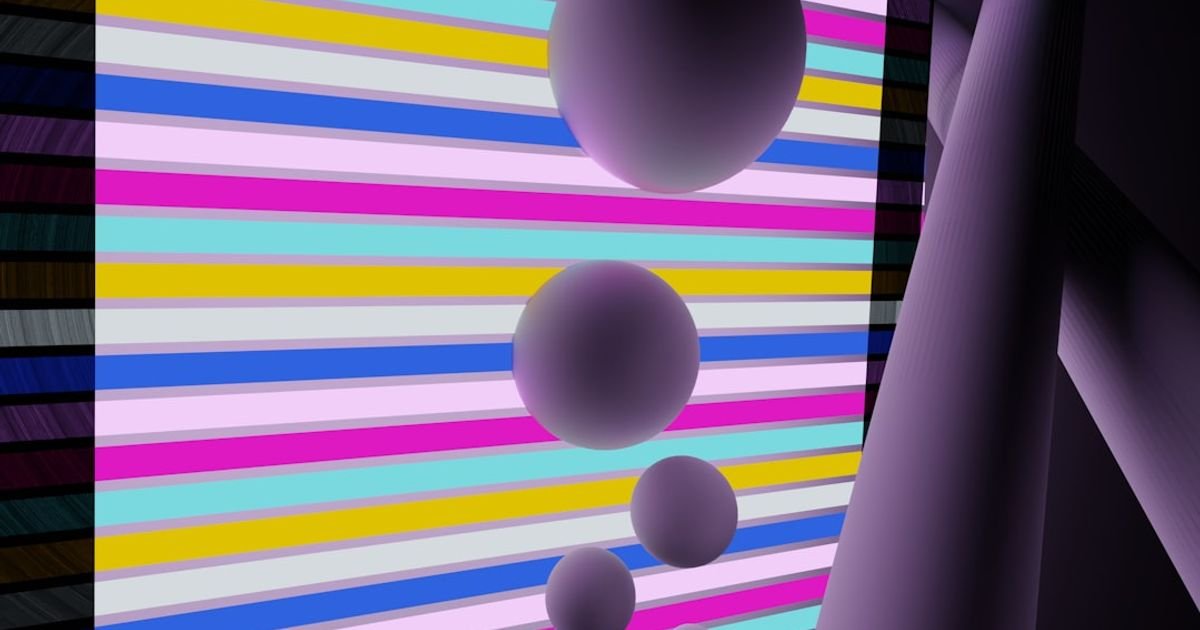About Prompt
- Prompt Type – Dynamic
- Prompt Platform – ChatGPT, Grok, Deepseek, Gemini, Copilot, Midjourney, Meta AI and more
- Niche – Game Development Art
- Language – English
- Category – Content Creation
- Prompt Title – AI Prompt for Generating Concept Art for Video Game Design
Prompt Details
This prompt is designed to be dynamic and adaptable across different AI art generation platforms. It allows for extensive customization and control over the generated concept art, catering to various video game genres, art styles, and specific needs within game development. Use the bracketed placeholders `[ ]` to fill in your specific requirements. Remember to remove the brackets when using the prompt.
**Core Prompt Structure:**
“`
Generate concept art for a video game featuring [Subject/Character/Environment]. The art style should be [Art Style] with a focus on [Focus/Mood/Theme]. The scene depicts [Specific Scene Description]. The overall composition should be [Composition Style]. The color palette should be [Color Palette Description]. Consider [Specific Details/Elements] in the artwork. The image should be [Image Dimensions] and suitable for [Intended Use].
“`
**Expanding the Prompt:**
This core structure can be expanded upon significantly by adding more details and specific instructions. Below are sections you can add or modify to refine your prompt:
**1. Subject/Character/Environment:**
* **Character:** Describe the character in detail. Include species, gender, age, clothing, accessories, personality traits, pose, and expression. Example: `a fierce female orc warrior wearing tribal leather armor, wielding a glowing axe, with a determined expression, standing triumphantly on a pile of skulls.`
* **Environment:** Describe the environment in detail. Include the time of day, weather, geographical location, key features, mood, and atmosphere. Example: `a lush jungle at sunset, with ancient ruins overgrown with vines, mist rising from the ground, and a sense of mystery and danger.`
* **Object/Item:** If the focus is on a specific object, provide details about its shape, size, material, function, and any unique features. Example: `a mystical orb pulsating with otherworldly energy, made of translucent crystal, with intricate carvings of ancient symbols.`
**2. Art Style:**
Be specific and refer to existing art styles or artists for inspiration. Examples:
* `realistic`, `photorealistic`, `impressionistic`, `surreal`, `anime`, `manga`, `comic book`, `pixel art`, `low poly`, `art nouveau`, `art deco`, `cyberpunk`, `steampunk`, `dieselpunk`, `fantasy art`, `concept art by Syd Mead`, `in the style of Alphonse Mucha`, `similar to the art of Greg Rutkowski`.
**3. Focus/Mood/Theme:**
Clarify the emotional tone and overall theme. Examples:
* `epic`, `dramatic`, `mysterious`, `peaceful`, `chaotic`, `horror`, `sci-fi`, `fantasy`, `adventure`, `romance`.
**4. Specific Scene Description:**
Provide a detailed description of the scene you want to be depicted. Be clear about the actions, interactions, and relationships between elements within the scene. Example: `The orc warrior stands victorious on a battlefield strewn with debris, facing a setting sun, while her allies cheer in the background.`
**5. Composition Style:**
Specify the desired composition. Examples:
* `rule of thirds`, `centered`, `dynamic`, `symmetrical`, `asymmetrical`, `close-up`, `wide shot`, `bird’s-eye view`, `worm’s-eye view`.
**6. Color Palette Description:**
Provide specific colors, color harmonies, or color temperatures. Examples:
* `warm colors`, `cool colors`, `monochromatic`, `analogous`, `complementary`, `triadic`, `teal and orange`, `deep blues and purples`, `vibrant and saturated`, `muted and desaturated`.
**7. Specific Details/Elements:**
Include any additional details that are important to the scene. Examples:
* `lighting effects`, `particle effects`, `texture details`, `specific props`, `background elements`, `foreground elements`, `level of detail`.
**8. Image Dimensions and Intended Use:**
* **Dimensions:** Specify the resolution and aspect ratio. Examples: `1920×1080`, `4K`, `8K`, `square`, `widescreen`.
* **Intended Use:** Clarify the purpose of the image. Examples: `key art`, `character concept`, `environment concept`, `item concept`, `promotional material`, `in-game asset`.
**Example of a Fully Developed Prompt:**
“`
Generate concept art for a video game featuring a fierce female orc warrior wearing tribal leather armor, wielding a glowing axe, with a determined expression, standing triumphantly on a pile of skulls. The art style should be realistic with a focus on epic and dramatic. The scene depicts the orc warrior standing victorious on a battlefield strewn with debris, facing a setting sun, while her allies cheer in the background. The overall composition should be dynamic using the rule of thirds. The color palette should be warm colors with a focus on oranges and reds from the setting sun. Consider detailed lighting effects, particle effects from the glowing axe, and the texture details of the orc’s skin and armor. The image should be 4K and suitable for key art.
“`
By using this dynamic prompt structure and customizing the bracketed placeholders, you can generate high-quality concept art tailored to your specific video game development needs. Remember to iterate and experiment with different prompts to achieve the desired results.

